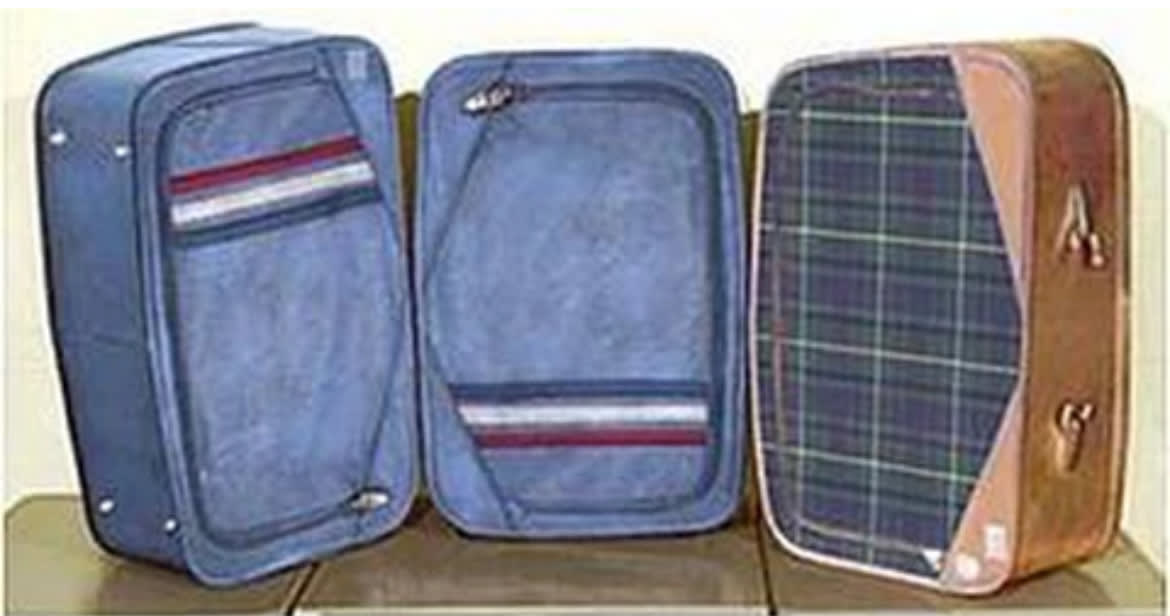On December 20, 1976, the Pennsylvania police were called to a horrifying scene after a local resident reported a foul odor near a rural road.
When officers arrived, they discovered three old suitcases, each wrapped in newspaper pages dated September 26, 1976, from The New Jersey Daily. Inside were the dismembered remains of a young woman—and heartbreakingly, her fully developed unborn baby.
The autopsy revealed the woman had been sexually assaulted, strangled, and shot after death. Some parts of her body—specifically her ears and breasts—were never found. Investigators were sure that identifying the victim would be the key to solving the murder.
But despite weeks of effort, fingerprint comparisons, and dental record checks, no match was found.
The police decided to temporarily name her “Beth Doe.”
Her body was buried in a Pennsylvania cemetery, under a simple headstone that read “In memory of Beth Doe.”
A Mystery That Lasted Over Four Decades
Over the years, the FBI and Pennsylvania State Police re-opened the case multiple times. They released facial reconstructions, public appeals, and even theories suggesting Beth Doe might have been a runaway or a missing woman from another state. Still, no one came forward.
In 2007, investigators exhumed her remains to conduct modern DNA testing, hoping new technology could finally solve what had become one of Pennsylvania’s most haunting cold cases.
A list of twelve possible missing women was examined — but each one was ruled out.
Then, in 2018, a breakthrough came. A genetic genealogy database linked Beth Doe’s DNA to a man named Luis Colón, who lived in New York. When police interviewed him, he mentioned that he once had a niece named Evelyn Colón. She had become pregnant at age fifteen and left home to live with her boyfriend in the mid-1970s. After that, the family never heard from her again.
The Truth Behind the Name “Beth Doe”
Following this lead, investigators tracked down the boyfriend — Luis Sierra, now a 65-year-old man living quietly in New York City. At first, Sierra denied everything.
But under pressure, he eventually admitted that he had once dated Evelyn. He claimed that one day he returned home and discovered she had “left him.” He said he never looked for her or their unborn child.
DNA results later confirmed what Evelyn’s family had feared for decades — “Beth Doe” was actually Evelyn Colón, a teenage girl from New Jersey who vanished in 1976.
In 2021, police finally arrested Luis Sierra and charged him with Evelyn’s murder.
The community that had long mourned “Beth Doe” finally knew her real name. However, justice was short-lived — Sierra was released on a $250,000 bond, and after trial, the evidence was deemed insufficient to convict him. He walked free.
A Grave Without Justice
The story of Evelyn Colón, once known only as “Beth Doe,” is a tragic reminder of how many young women disappear without a trace — and how time, technology, and persistence can finally bring their stories to light, even after forty years.
Evelyn’s grave now bears her real name, but her killer remains free.
What began as a gruesome mystery inside three suitcases has become a heartbreaking symbol of lost innocence, unanswered justice, and the power of DNA to give victims back their identity.

